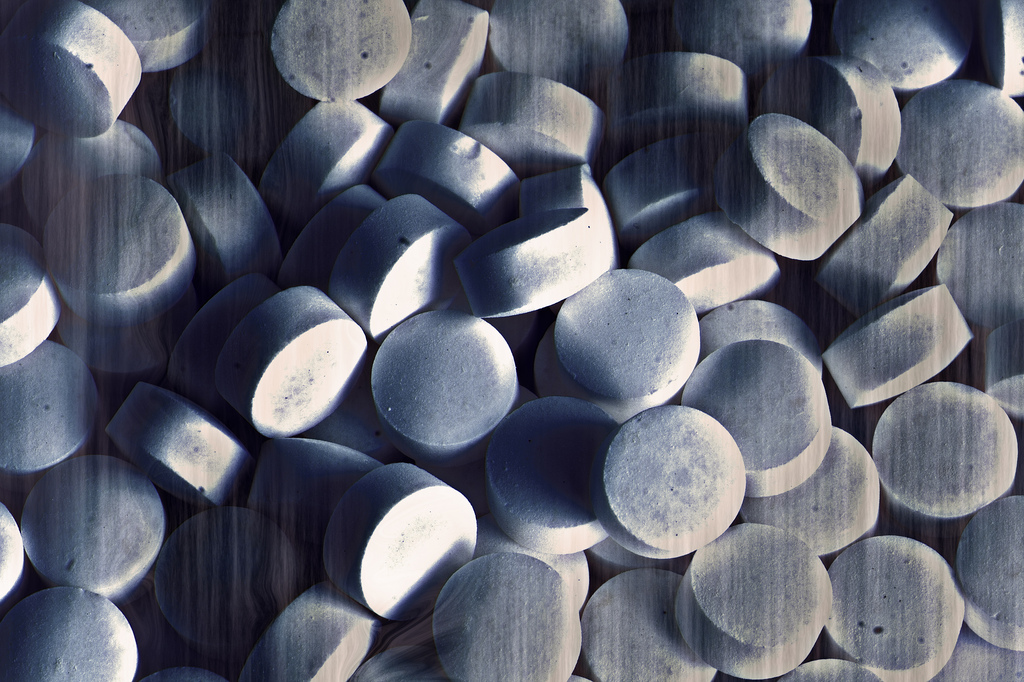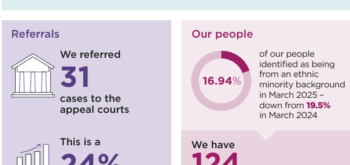[contextly_auto_sidebar id=”m0NQChI4bdDMVfWQBDPFMYz9XReCAp0c”]
 Today’s report from Nigel Newcomen CBE, the Prisons and Probation Ombudsman (here) is the latest to paint a very worrying picture about the scale of the market for new psychoactive substances (NPS) in prisons, their impact on the health of prisoners and on the stability of prison regimes. This new challenge to prison governors has been building for a few years, but it is becoming increasingly clear that these substances have become very popular amongst prisoners and, even more worrying, are establishing themselves as part of wing cultures and economies.
Today’s report from Nigel Newcomen CBE, the Prisons and Probation Ombudsman (here) is the latest to paint a very worrying picture about the scale of the market for new psychoactive substances (NPS) in prisons, their impact on the health of prisoners and on the stability of prison regimes. This new challenge to prison governors has been building for a few years, but it is becoming increasingly clear that these substances have become very popular amongst prisoners and, even more worrying, are establishing themselves as part of wing cultures and economies.
RAPt delivers substance misuse recovery services in 26 prisons, and have been reviewing our services and strategies to adjust to this new phenomenon, through the collation of feedback from our teams, and focus group discussions between prisoners and professionals. The latest in our series of briefing papers on substance misuse, offending, and treatment and recovery will be focused on NPS and published later in July.
First, we need to consider what substances we are dealing with. The blanket term ‘new psychoactive substances’ and ‘legal highs’ are imperfect – many of these substances are not new (compounds that have been known and in use for industrial, medical and recreational purposes for many years) and, while many of the compounds are technically legal, many others are already covered under the Misuse of Drugs Act or consumer safety legislation. They are indeed all psychoactive – that is the point – but one of the causes of concern with this phenomenon is how little is known about the effects of many of these substances on the human brain and body. This is compounded by the way in which they are marketed – the usual panoply of edgy sounding names (Spice, Black Mamba etc) gives the consumer no indication of what is actually in the powder or crushed leaves that they are about to ingest.
Of particular concern in prisons is the fact that most of the substances circulating seem to have stimulant and hallucinatory properties. While prison authorities have quite rightly been concerned over the years about any drug use, the impact of traditionally popular drugs (predominately cannabis and heroin) on prisoners was mainly sedative, and did not lead to widespread instances of aggressive or psychotic behaviour. In fact, the main control problem that tended to arise was when prisoners were denied access to the controlled drugs that can be prescribed in prison – methadone or tranquillisers – by prison healthcare staff. It is a relief that the use of cocaine or methamphetamine never took off in UK prisons – these drugs are powerful stimulants, which can increase aggression (the last thing you want on a crowded prison wing). There are therefore valid concerns that the growth of the NPS market in prisons will lead to a more violent and unpredictable prison population.
NOMS, and individual prison governors, are between a rock and a hard place in trying to respond. The media and general public do not understand why we do not simply clamp down on supply and consumption of NPS and stop the problem. But a brief examination of the options open to prison management shows that there can be no quick fix.
Stopping the supply
Decades of experience has shown us that there is a strong demand for drugs and alcohol inside prisons – some 64% of prisoners reported having used drugs in the four weeks before custody, and an estimated 30-40% are daily or dependent users); that dealers can make significant profits from buying drugs outside the walls and getting them to the users inside; and there are many different ways to get them in. Short of redesigning the entire prison estate, and massively cutting down on prisoner contact with other prisoners, staff and visitors, Governors are faced with the reality that success in one area of interdiction immediately creates a stronger incentive for other methods and routes to be developed.
Testing as a deterrent
Urgent work is going on to develop tests that can detect the main substances of concern, but in a market where different chemicals are being developed at a rate of more than 200 per year, the chances of creating a testing system that keeps pace with the chemists (who are practised at developing chemicals that avoid testing regimes or legislation) are remote. Even if this was technically possible, we know from experience that testing for cannabis (much easier to detect in urine or saliva, and held in the body for much longer periods) has had a very limited deterrent effect. Prisoners know that the statistical chances of them being randomly tested are very low, and that the testing regimes are ‘gameable’ through flushing their system, or substituting clean urine. With the current squeeze on prison officer numbers (the main resource factor in the frequency of testing is the availability of appropriately authorised and trained officers), prisoners know that any testing regime will have only a remote chance of catching them out.
Reducing the demand
Like most people, I struggle to see the attraction of taking a drug when you have no idea what it will do to you, and you know has the potential to kill you.
But many prisoners are bored, depressed, vulnerable, or just like to live life on the edge. Faced with the daily grind of tedium and fear that can often characterise prison regimes, a bit of Russian Roulette becomes attractive.
In this light, the rapid rise in demand for NPS becomes less surprising. It is important that NOMS and those of us who provide drug advice in prisons develop information and prevention materials that make it clear to prisoners what risks they are taking with their health. While this will deter some, and is an important part of our duty to protect public health, prisoners are one of those groups that are not particularly receptive to advice from the authorities, so the design of prevention campaigns is very difficult.
RAPt will be making some recommendations to Governors and NOMS in our forthcoming briefing paper, but our general view is that a long term solution to the current concerns around NPS will only be found if prison managers can create an anti-drug culture within establishments, in which the prisoners themselves have a vested interest in keeping drugs and dealers out of their wing. Much progress has been achieved with the implementation of ‘drug free’ or ‘recovery’ wings – locations in which prisoners commit to remaining drug free or attending drug recovery courses – but our experience (RAPt has been running recovery wings for more than 20 years) is that the battle between those who want a drug free environment, and those who want a thriving drug market, is too often tipped towards the latter.
However, with the right commitment from NOMS, Governors and drug service providers, every prison can create a recovery culture amongst prisoners – first in specific locations, but then spreading it out to other parts of the prison. Clever use of allocation of prisoners to particular locations, the careful structuring of incentives and privileges for remaining drug free, and the delivery of effective motivational and recovery programmes, can transform the atmosphere and manageability of a particular wing or prison.
It doesn’t matter what drug, or range of drugs, is the fashion of the day – a well functioning recovery wing can turn the tables on the prison drug market, with a major impact on good order and discipline, and also reoffending rates on release (see our briefing on reducing re-offending). Of course, we all need to work seriously on efforts to reduce supply, improve testing, and inform and educate prisoners – but the most valuable response is in persuading prisoners that a better life than Russian Roulette is possible.






